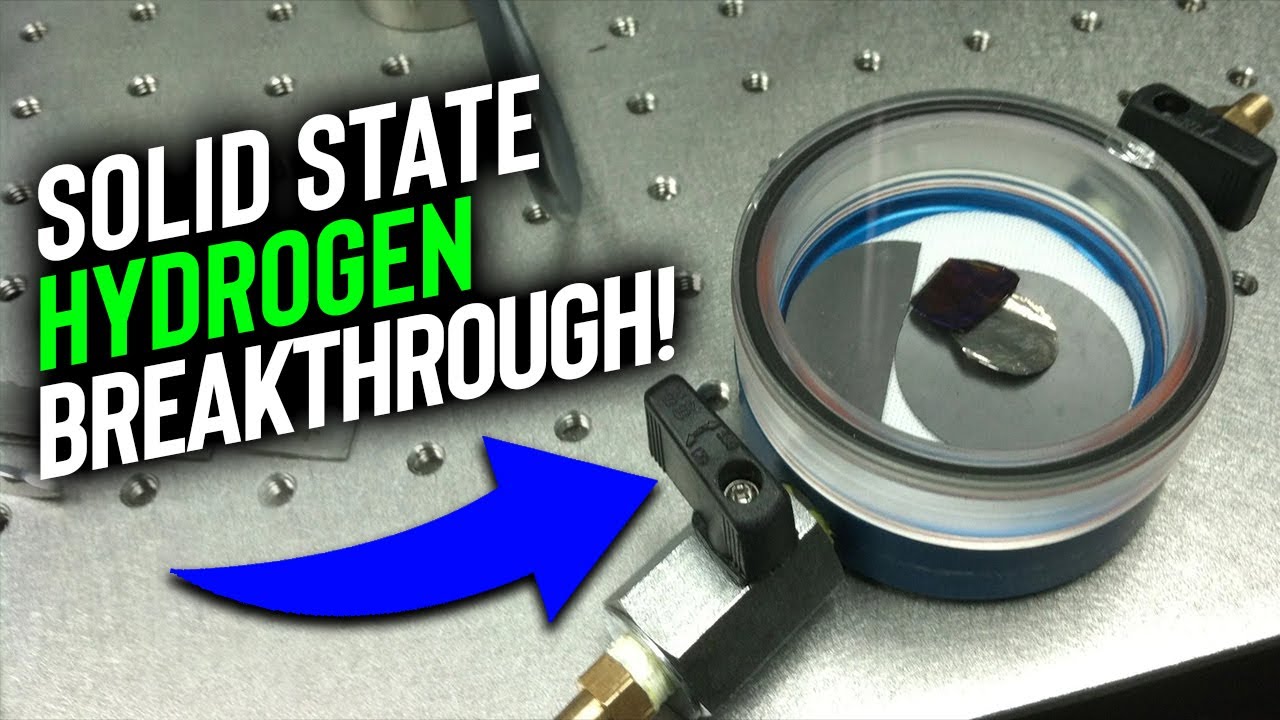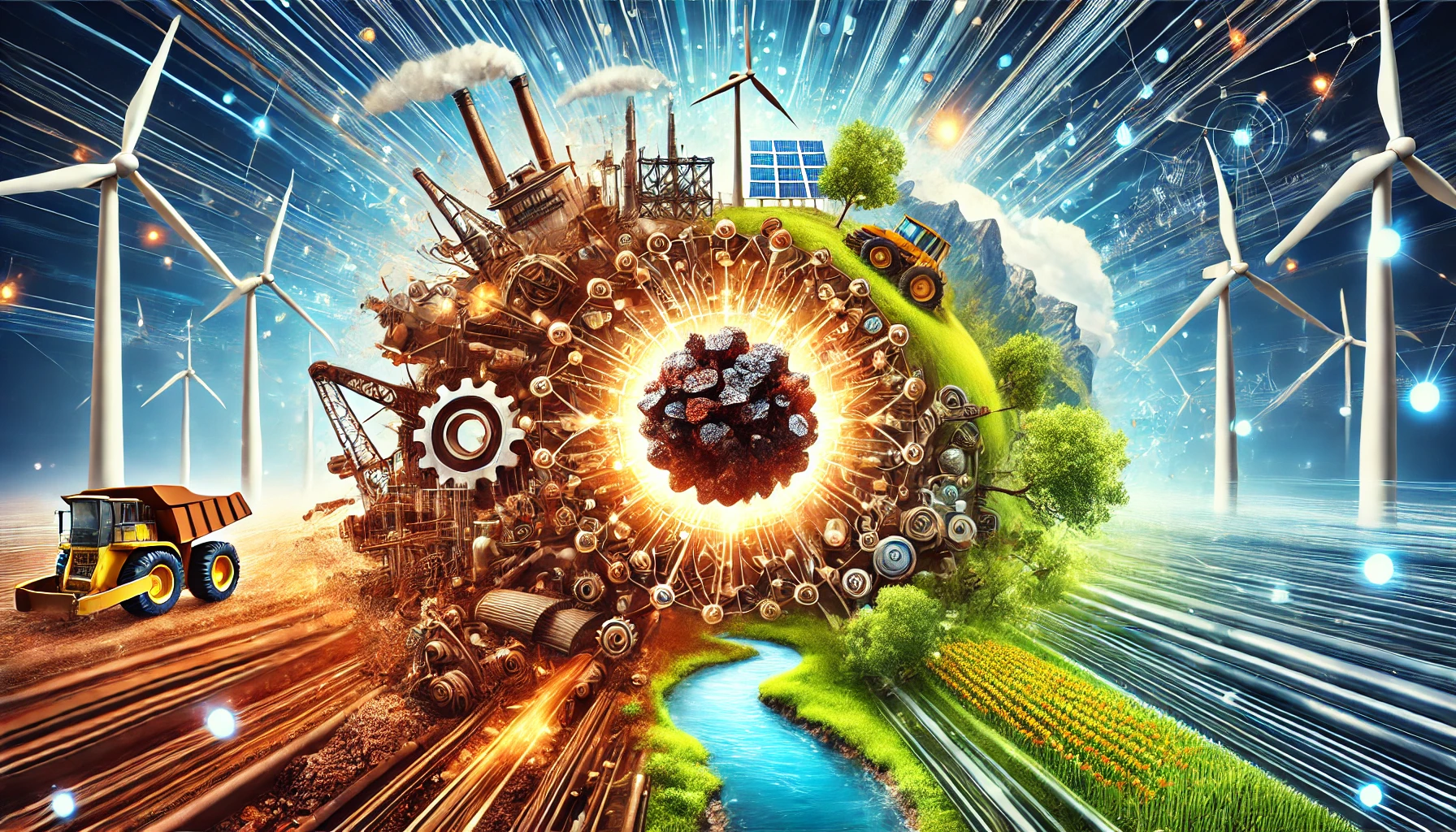According to Plasma Kinetics’ zero-carbon hydrogen is now possible: Hydrogen is the world’s cleanest and most abundant source of energy.
Plasma Kinetics stated that; is the first company to pursue hydrogen in the form of a light-activated nano-structured thin film. Plasma Kinetics’ success is in unique ability to filter out hydrogen from exhaust gases “like a sponge” with low temperature and pressure – reducing cost. Captured hydrogen is contained indefinitely, releasing with light on demand. Plasma Kinetics advancements offer the means for zero-carbon hydrogen, it’s an economical and safe hydrogen transport and infrastructure system. New technology scales to fit the power demand of any application.
Plasma Kinetics proprietary nanophotonic material absorbs hydrogen at standard atmospheric pressure and ambient temperature. The material absorbs metric tons of hydrogen in minutes. Hydrogen is released by controlled light at 99.99+% purity.
Plasma Kinetics employs a layered nanophotonic structure with proprietary shape memory alloy that interacts with light. Individual layers are only angstroms thick, and nanolithography provides surface structures which support release of hydrogen with light
According to new research by Plasma Kinetics, The storage is 30% lighter, 7% smaller, and 17% less expensive than Lithium-ion battery per kWh. Plasma Kinetics Energy Systems are heavier and larger than compressed gas above 350 bar. Plasma Kinetics technology is more ecological and economical than compressed H2 without needing reforming energy, pump energy, pressure or carbon-fiber tanks.
Plasma Kinetics hydrogen storage is a reversible solid-state which differs from compressed, liquid and metal hydride storage systems.
Green plants use chlorophyll to store light energy in a process called photosynthesis. The central atom of chlorophyll is magnesium. Magnesium is used in both Plasma Kinetics energy storage systems and metal hydride storage systems. Plasma Kinetics storage interacts with light. Metal hydrides do not interact with light.
Plasma Kinetics is a technology-driven company built on global environmental responsibility, entrepreneurial innovation, integrity, and teamwork. New breakthrough approach to renewable energy is recognized as having exceptional potential to revolutionize production, transportation, storage and consumption of the cleanest alternative fuels, Hydrogen.
Plasma Kinetics hydrogen storage system deliveries for 2023 and first quarter 2024 are sold out. The price is 0.89 USD per kg of hydrogen storage for delivery in the third and fourth quarter of 2024. Plasma Kinetics will honor Defense Production Act deliveries in 2023 and first quarter 2024 where possible.
A series of magnesium alloys can be prepared by small additions of metals such as silver, aluminum, cadmium, indium, lead, zinc, yttrium, tin, calcium, manganese, bismuth, cobalt, silicon, and antimony. Magnesium (Mg) is the lightest of structural metals (density of 1.78 kg/dm3, while the specific weight of aluminum is 2.74 kg/dm3).
In general, magnesium alloys exhibit significant specific mechanical strength and are extremely lightweight. Magnesium having a specific weight one-sixth that of steel and one-third that of titanium.
Lightness and robust strength make magnesium an ideal material, vital to the many alloy application.
Magnesium alloys are in use around the world in a variety of different applications. It is a preferred material when looking for weight reduction without compromising overall strength. The vibration damping capacity is also beneficial in applications in which the internal forces of high-speed components must be reduced.
The most common applications are:
- Aircraft and missile components
- Aircraft engine mounts, control hinges, fuel tanks, wings
- Automotive wheels, housings, transmission cases, engine blocks
- Bicycles and other sporting goods equipment
- Equipment for material handling
- Ladders
- Laptops, televisions, cell phones
- Luggage
- Portable power tools, chainsaws, hedge clippers, weed whacker, printing and textile machinery, Steering wheels and columns, seat frames
-
Magnesium alloys have also been used as a replacement to some engineering plastics due to their higher stiffness, high recycling capabilities, and lower cost of production.
Albanian Minerals holds the world’s largest magnesium reserves.
Sahit Muja Albanian Minerals CEO said, “Magnesium is the next big thing in the 21st century. Engineers and scientists are making major discoveries toward lighter cars, trucks, trains, airplanes, home appliances,vessels, computers, sports gears by developing a way to expand the use of magnesium in parts. Using magnesium sheets to make parts is a significant breakthrough. Magnesium is 75 percent lighter than steel , 50% lighter than titanium, and 33 percent lighter than aluminum”.
Sahit Muja said, “There is unprecedented interest in magnesium, as sources of sustainable supply for new batteries and significantly lighter alloys. Magnesium will profoundly changed the economic outlook of clean energy sources. Also magnesium can be used to producing hydrogen, wind turbines, robots and capturing carbon dioxide.
Albanian Minerals CEO Sahit Muja said, “My strategy to explore magnesium opportunity goes back to a vision which took shape 30 years ago in Albania. As Albanian Minerals CEO, I have begin carving out a forward-thinking strategy to secure world’s largest and best magnesium reserves and leading edge in magnesium production far into the future”.
Mr. Muja added that Magnesium has low density and high strength, magnesium can form high-strength alloy with, chrome aluminum, copper, manganese, nickel, titanium, zinc and other metals as an important alloying element. Currently, China is a major producer and consumer of magnesium in the world. In 2021, China produced near 1 million tons of primary magnesium which was equivalent to 90% of the world’s output.
Sahit Muja said, “There is huge potential to produce Magnesium ore Eco-cements, insulation materials. Magnesium cements absorb CO2 as they set, Magnesium cements can have greater compressive and tensile strength, greater capacity to “breathe” and to bond. Magnesium has the potential to revolutionise the way we capture and convert the CO2 into magnesium carbonate. Scientists has discovered that magnesium bearing minerals has clean the world in beginning from CO2”.
Discover more from Green Innovation News
Subscribe to get the latest posts sent to your email.





